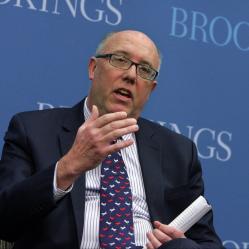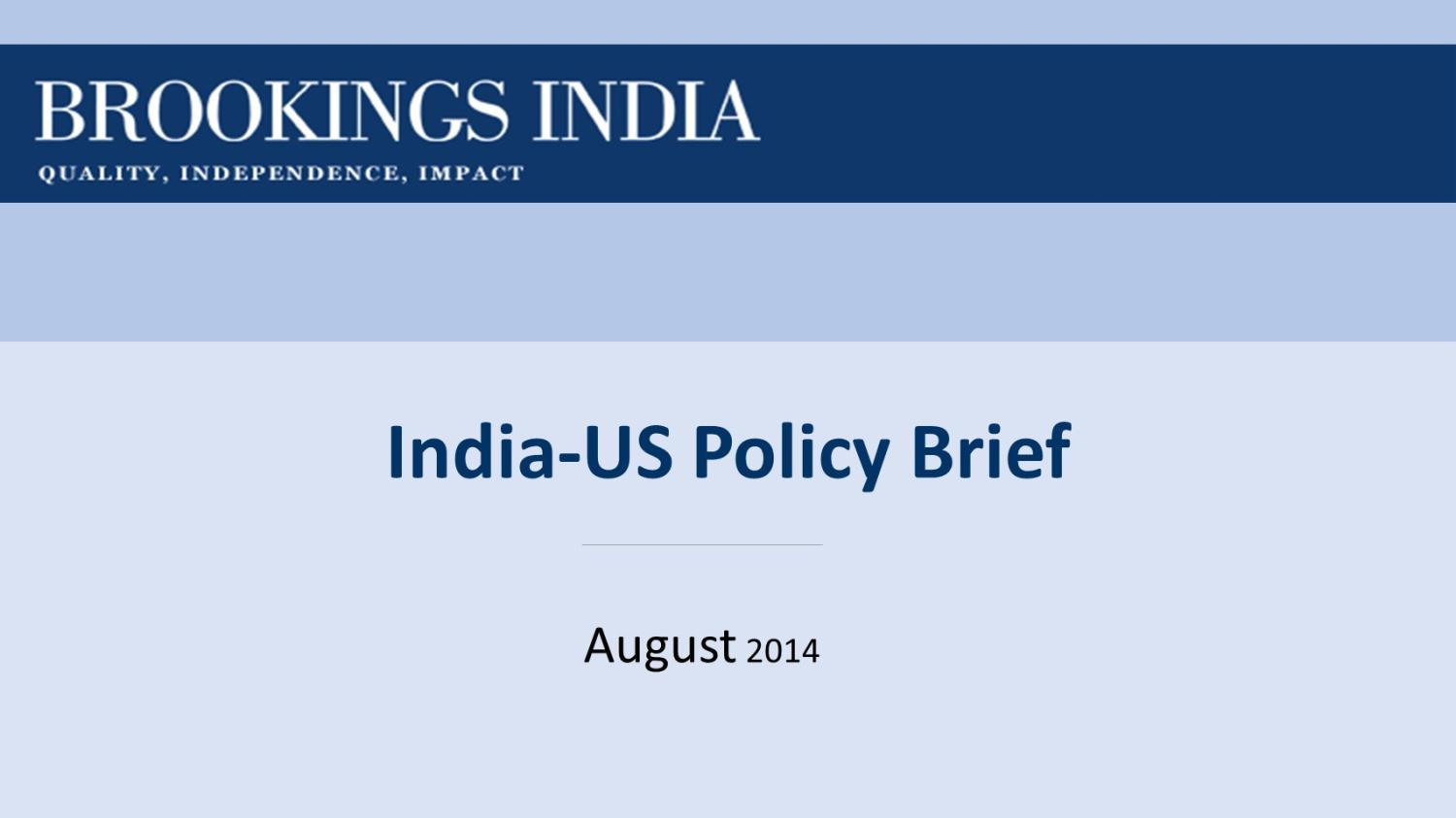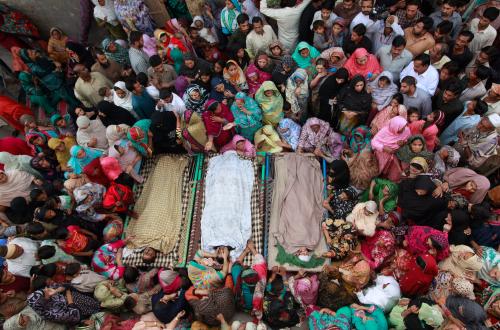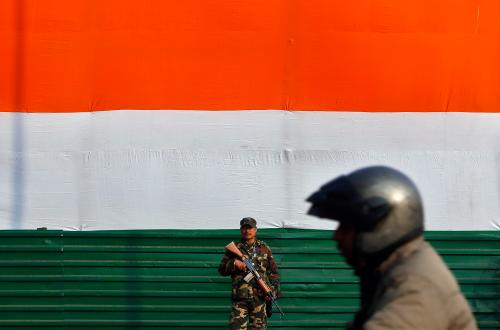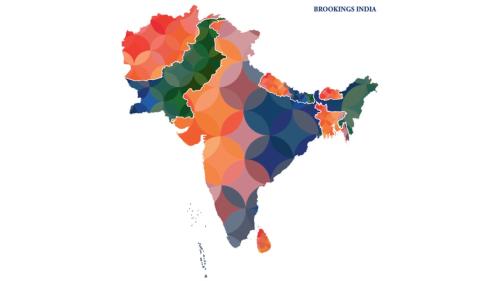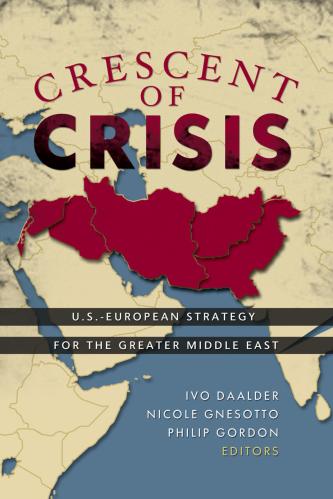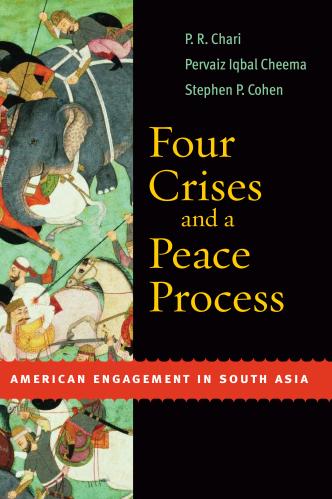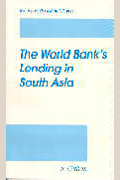Content from the Brookings Institution India Center is now archived. After seven years of an impactful partnership, as of September 11, 2020, Brookings India is now the Centre for Social and Economic Progress, an independent public policy institution based in India.
In this India-U.S. Policy Memo, Bruce Riedel notes that there has been considerable improvement in India-U.S. counterterrorism cooperation since the Mumbai attacks in November 2008. He explores how the two countries can strengthen this cooperation on two areas over the next few years: Afghanistan and Pakistan.
There has been considerable improvement in India-U.S. counterterrorism cooperation since the Lashkar-e-Tayyiba (LeT) attack on Mumbai in November 2008. Senior visits by security officials on both sides have become more frequent as has information sharing. India and the U.S. cooperated in the capture and interrogation of two of the planners of the 26/11 attack. The U.S. placed a bounty on LeT leader Hafiz Saeed for information leading to his arrest and this June the U.S. blamed LeT for the attack on India’s consulate in Herat, Afghanistan—an operation intended to upstage Prime Minister Modi’s swearing-in ceremony.
There are two areas where cooperation will need to be strengthened in the next few years. The first is Afghanistan. As NATO forces depart Afghanistan, it will be increasingly difficult to maintain intelligence capabilities there to collect information on Al Qaeda, LeT and other terror groups operating in Afghanistan and the border areas of Pakistan. India is already increasing its capabilities in Afghanistan and working closely with the Afghan government. The U.S. should support this cooperation and seek to work with India and Afghanistan.
The second is Pakistan. While Pakistan has taken a more robust stand against its own Taliban militancy this year, the army and the ISI remain closely linked to other terrorists groups, especially LeT. Counterterrorism cooperation with India should include robust intelligence exchange on Pakistan’s terrorist connections, particularly the ISI-LeT connection. Another LeT attack like Mumbai or Herat will provoke the most serious crisis in years between India and Pakistan—the more that can be done to prevent such a disaster, the better. Even if an attack cannot be foiled, the more information exchanged about Pakistani involvement with LeT, the more likely the U.S. will have credibility with New Delhi if a crisis occurs.
The United States should also consider a unilateral step: placing Pakistan on the State Department list of terrorist sponsor states. It certainly meets the criteria and has for decades. The first Bush administration seriously considered this step in 1992. Such a step would obviously have immense consequences for U.S.-Pakistan relations. A more limited step would be to target specific sanctions against individual Pakistani officials involved in supporting terrorism like members of ISI’s “S” branch that handles liaison with LeT, the Haqqani network, and others. A targeted counterterrorism sanctions move against specific Pakistani government officials would send a strong deterrent message to the Pakistani army and could be a warning shot before putting Pakistan on the terror patron state list.
Finally, there should be contingency planning between Washington and New Delhi about managing a future India-Pakistan crisis like the Kargil war or the 2001-2002 crisis. This would be intended to create dialogue about crisis management, not coordination about ganging up on Pakistan. It would be a prudent investment in planning for the worst.
Back to contents: The Modi-Obama Summit
